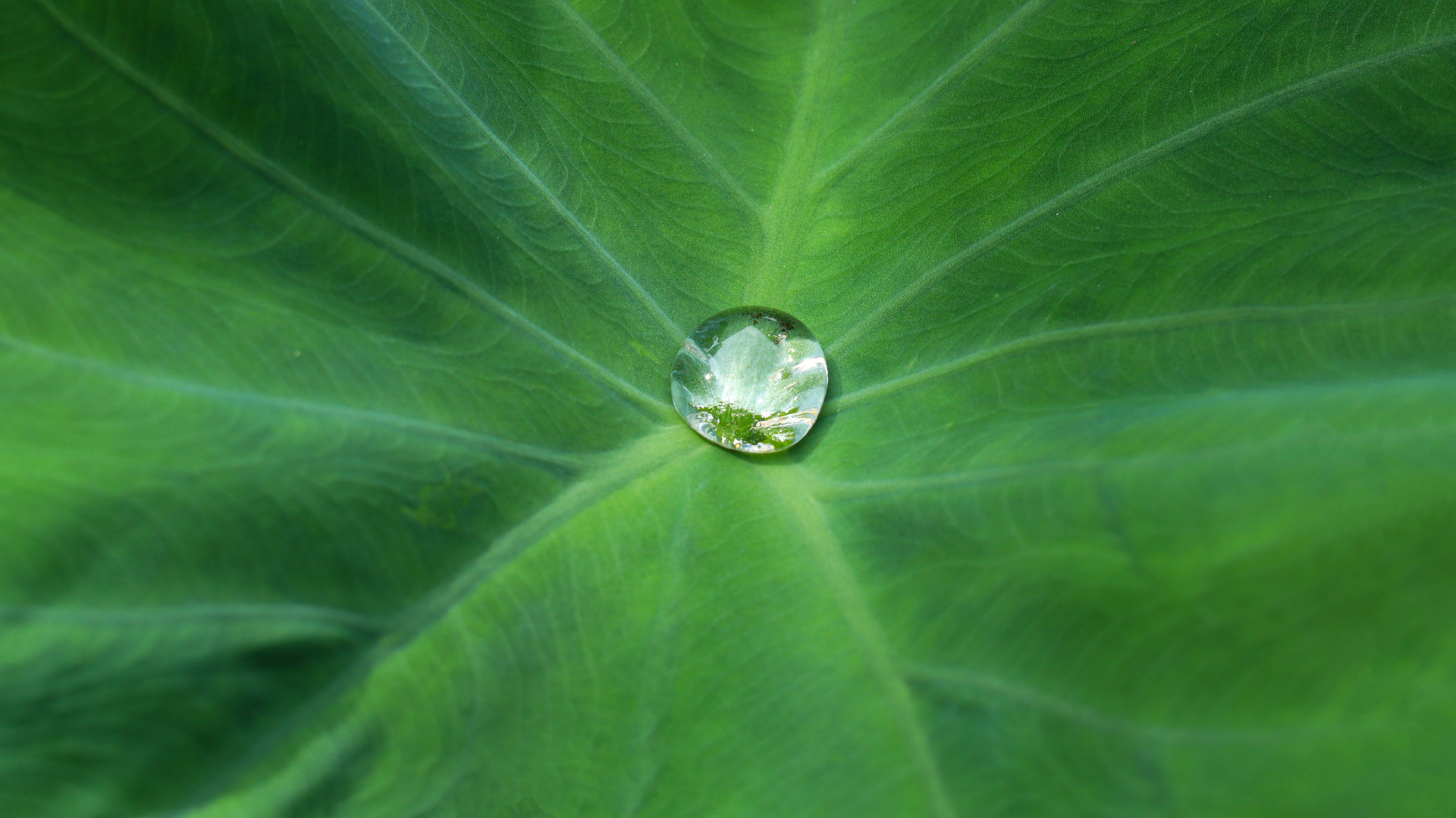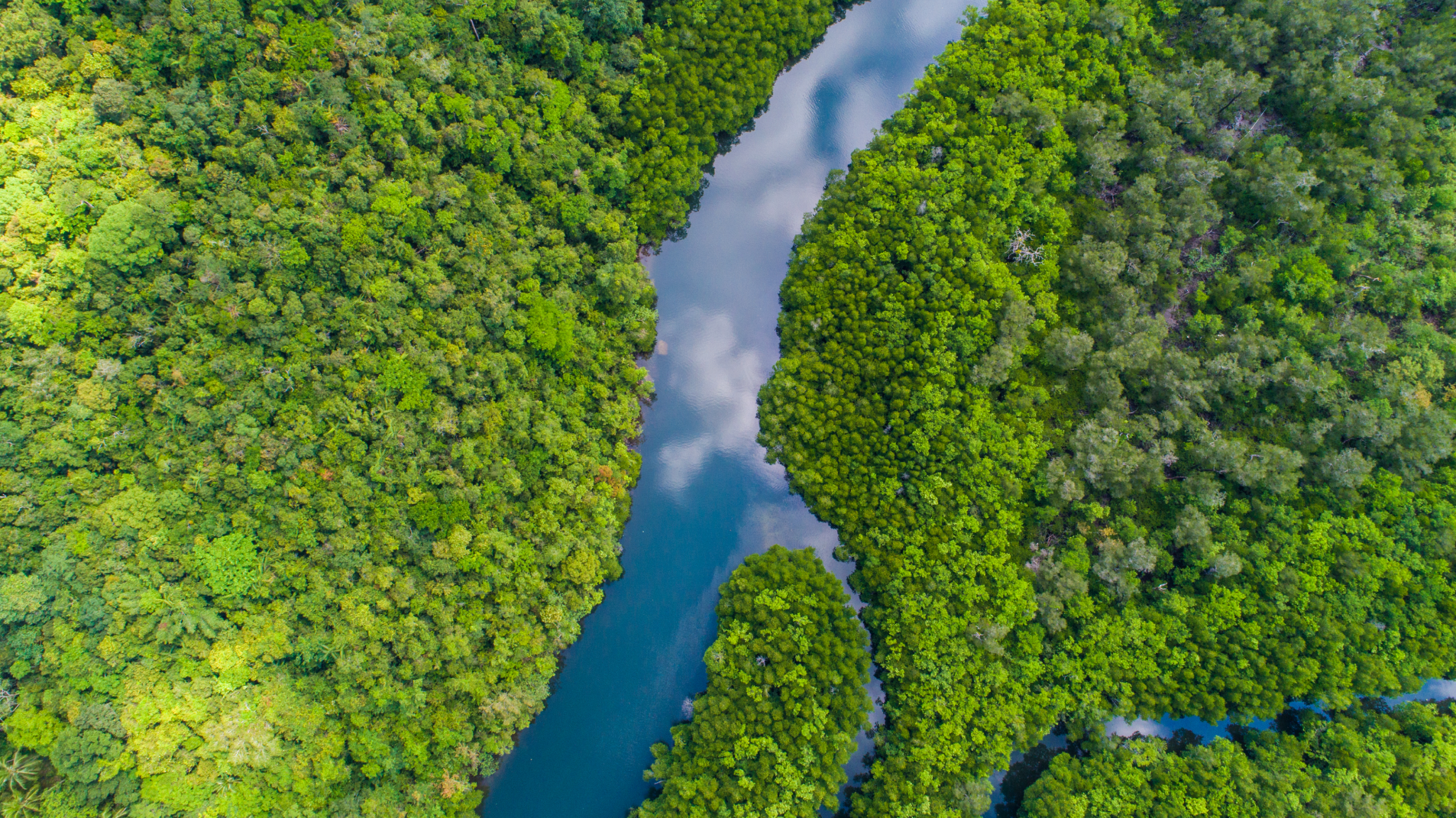Trees are absorption and transpiration experts.
Through the roots or with the help of nearby natural rocks, the water molecules that pass through these layers retain only excess bacteria, contaminants or nutrients retained.
Water is absorbed by the roots of trees and plants, and travels through the xylem conductive vessels – a porous tissue on a micrometer scale – through which the crude sap, rich in water, mineral salts and O2, flows from the roots to the leaves. Water in plants always moves according to the so-called water potential, that is, from where there is more water (soil), to where there is less (atmosphere).
Furthermore, water also dissolves nutrients, especially sugars, generated by photosynthesis, allowing the nutrition of all plant cells through another system of vessels, called phloem.
Different soils also retain and distribute water in different ways.
Let’s look at the example: two different soils with 30% water content, like sand and clay. Sand soil is superficial, and so therefore the level of moisture does not help plant growth due to the poor aeration. Clay, on the other hand, seems to retain and supply water with agility, however, due to its shape and texture, it prevents the passage of essential water levels for the well-being of the plant. What’s more, water always moves from locations with greater potential to lower potential locations.
Later, the tree releases purified water through evapotranspiration, the main process that forms clouds – true regulating managers of global precipitation patterns. At the same time, it creates greater humidity in the air and helps cool the local atmosphere, serving to boost and expand the presence of water on the planet. It is also worth mentioning that the vast majority of water evaporates from exposed surfaces, namely the ocean.
But plant transpiration does not occur during the rainy season alone: a large size oak tree, for example, transpires 151 thousand litres of water per year, about 414 litres of water per day. These data vary and depend not only on the level of moisture in the soil throughout the year, but also on the climate and size of each plant, particularly its leaf surface (number of leaves x leaf area), and the density and size of the stomata.
This natural self-management helps prepare the entire ecosystem for the next rainfall rounds. The process is so thorough that it is able to retain water, prevent flooding and habitat destruction in more fragile spaces, such as plains.
In the event of a flood, water that becomes stagnant on site cannot continue its journey to other areas and spread its nutrients.
Fortunately, tree roots and trunks play a role in soil stability, as is the case with riparian alder groves. These help in the fixation of lands and stabilization of rivers, preventing the movement of mud in slope areas and damages in villages and surrounding lands.






